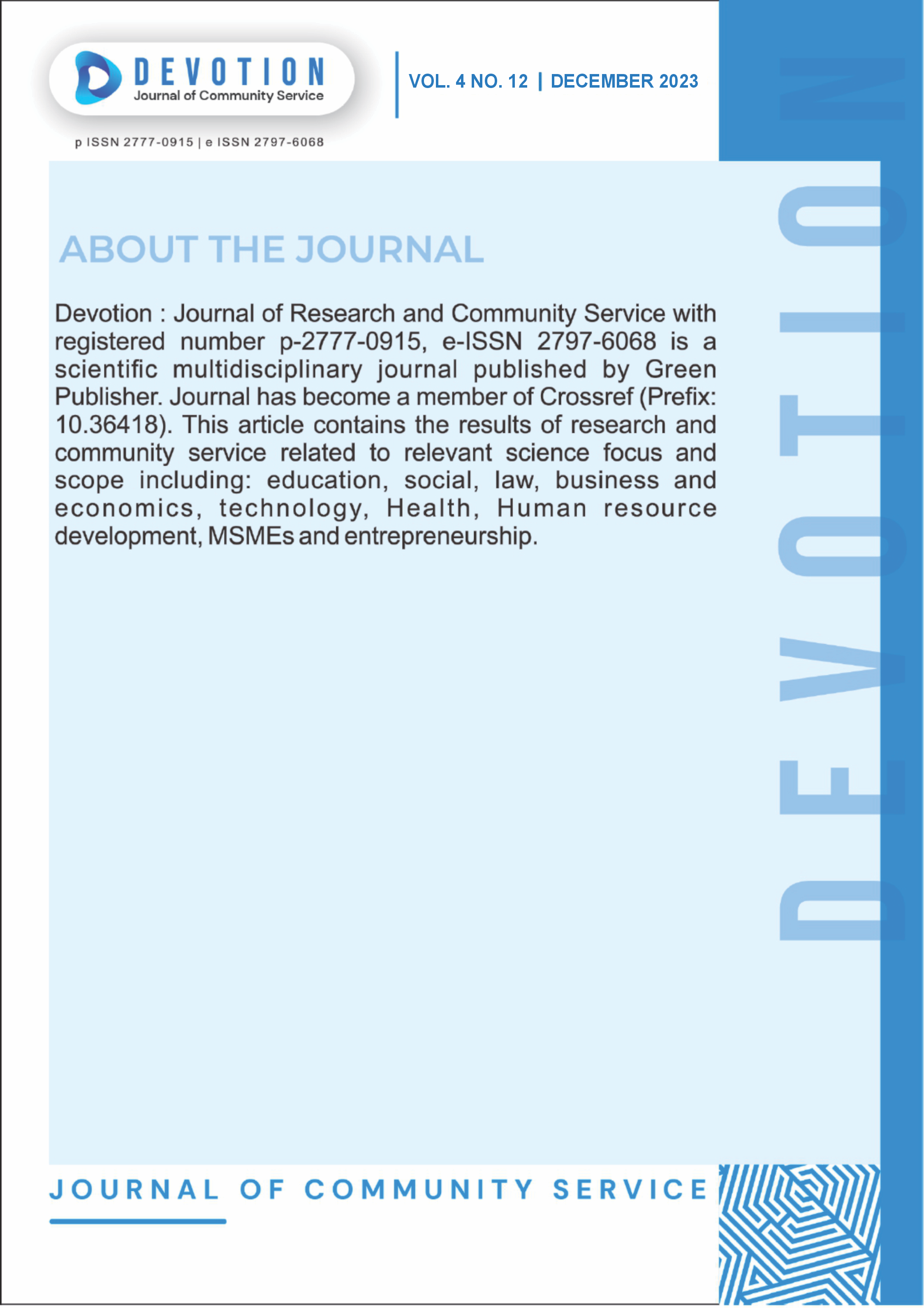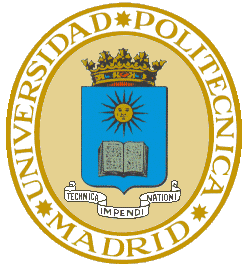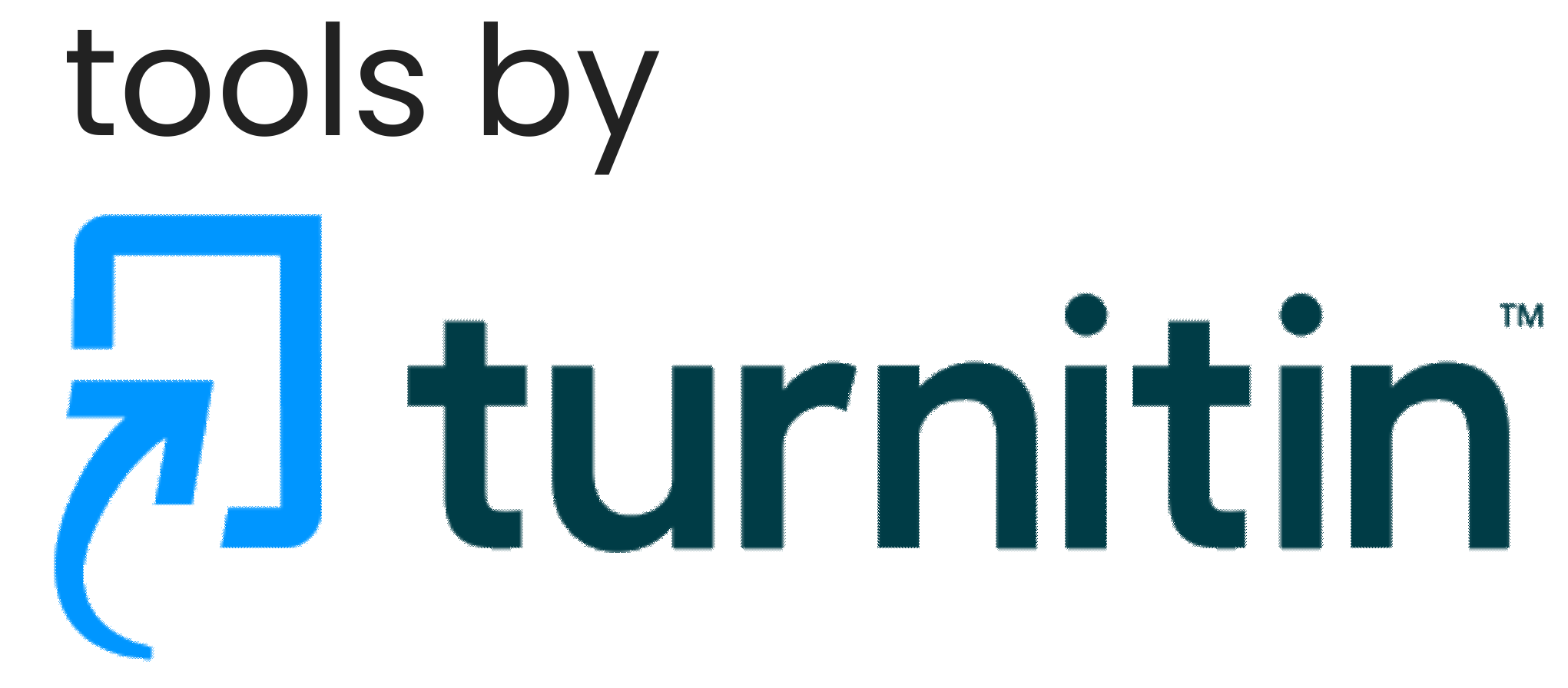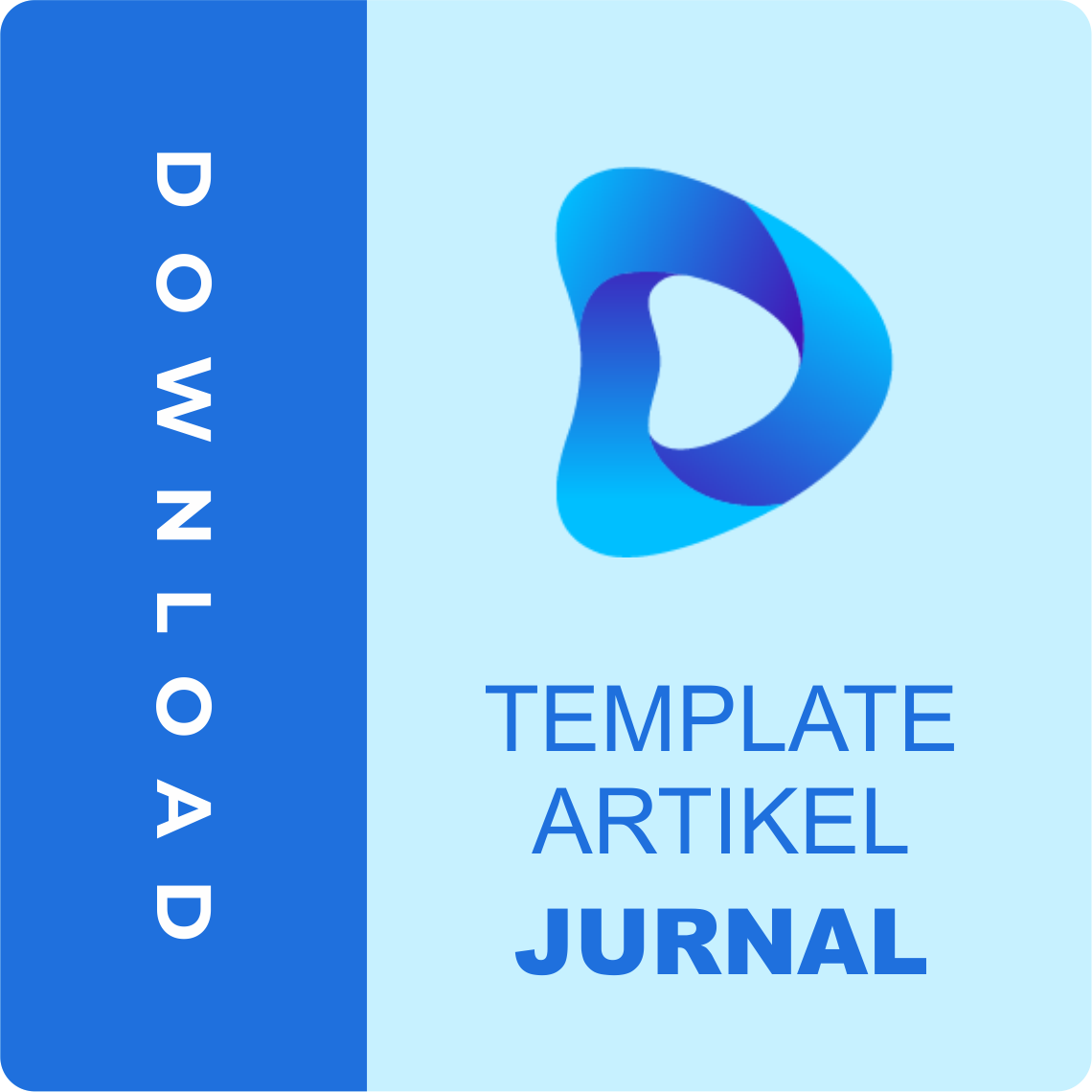Transportation Disaster Risk Analysis on The Road Segment Tapan (South Pesisir, West Sumatera) – Sungai Penuh (Kerinci, Jambi)
DOI:
https://doi.org/10.59188/devotion.v4i12.638Keywords:
Risk, Disaster, Transportation, Link and NationalAbstract
Road segments ranging from local roads to national roads are the most urgent arteries in the mobilization of goods and people and determine the progress of economic development. Therefore the road must be constructed in accordance with the standards set out in the laws and regulations, including here the national road that has high economic value that connects the two regions of the two provinces namely Tapan Pesisir Selatan in the West Sumatra province and the Sungai Penuh Kerinci in Jambi province the two regions is closely related in economic and trade relations and the distance is only close to 64 km, but the terrain conditions have the potential to cause traffic accidents because natural factors penetrate row hills that have high geographical and national road standardization factors that do not have the attributes of road safety equipment complete. In this regard, it is necessary to examine how much the level of potential hazards caused by roads through disaster risk analysis in the transportation sector using the disaster risk analysis model. The results of the analysis using the disaster risk analysis model of the Tapan Sumbar - Sungai Penuh Kerinci Jambi road have a high hazard vulnerability level of 8.05 or above 5 means that this road needs to be improved both its construction and road safety equipment.
Published
Issue
Section
License
Copyright (c) 2023 Fidel Miro

This work is licensed under a Creative Commons Attribution-ShareAlike 4.0 International License.
Authors who publish with this journal agree to the following terms:
- Authors retain copyright and grant the journal right of first publication with the work simultaneously licensed under a Creative Commons Attribution-ShareAlike 4.0 International. that allows others to share the work with an acknowledgement of the work's authorship and initial publication in this journal.
- Authors are able to enter into separate, additional contractual arrangements for the non-exclusive distribution of the journal's published version of the work (e.g., post it to an institutional repository or publish it in a book), with an acknowledgement of its initial publication in this journal.
- Authors are permitted and encouraged to post their work online (e.g., in institutional repositories or on their website) prior to and during the submission process, as it can lead to productive exchanges, as well as earlier and greater citation of published work.













